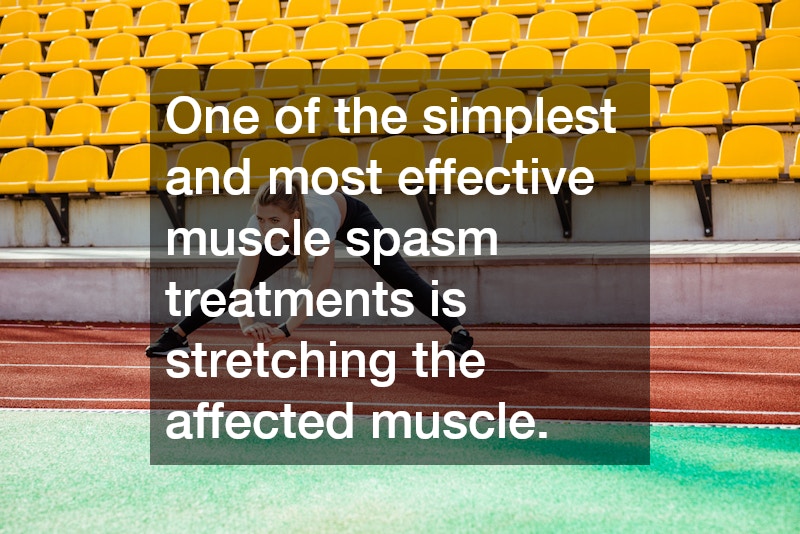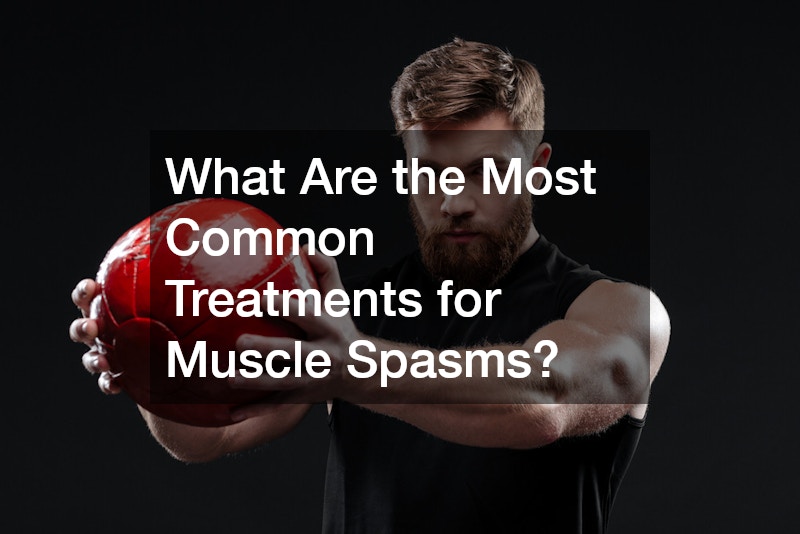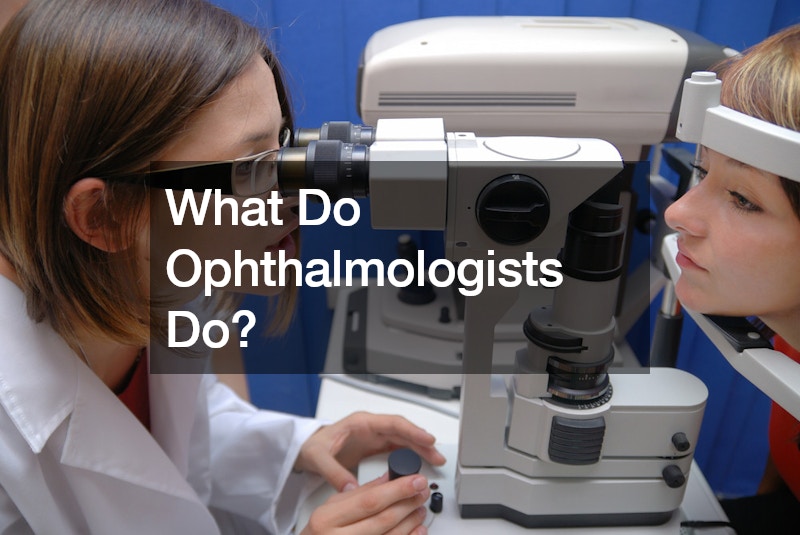
Muscle spasms, also known as muscle cramps, are involuntary contractions of a muscle or group of muscles that can be both painful and disruptive. They often occur suddenly and can last anywhere from a few seconds to several minutes. Muscle spasms can affect anyone and may happen in different parts of the body, such as the legs, back, neck, or arms. While spasms are usually harmless, they can be a symptom of an underlying issue or cause significant discomfort, leading many people to seek muscle spasm treatment.
In this blog, we will explore the most common treatments for muscle spasms and how to address the discomfort they cause.
1. Stretching and Massage
One of the simplest and most effective muscle spasm treatments is stretching the affected muscle. Gently stretching the muscle that is cramping helps release the contraction, improving blood flow and relaxing the muscle fibers. For example, if you experience a cramp in your calf muscle, stretching your leg by flexing your foot upward can help alleviate the spasm.
In addition to stretching, massaging the affected area can also help relieve tension and relax the muscle. Applying gentle pressure and kneading the muscle with your hands or using a foam roller can promote relaxation and improve circulation. This can help reduce pain and prevent the muscle from cramping again.
2. Hydration and Electrolytes
Dehydration and an imbalance of electrolytes, such as potassium, magnesium, calcium, and sodium, are common causes of muscle spasms. These minerals are essential for proper muscle function, and an imbalance can lead to involuntary muscle contractions. If you’re prone to muscle cramps, especially after exercise or in hot weather, it’s essential to stay hydrated and maintain balanced electrolyte levels.
Drinking plenty of water throughout the day and replenishing electrolytes through sports drinks or foods rich in minerals can help prevent spasms. Bananas, leafy greens, nuts, and yogurt are good sources of potassium and magnesium, which are particularly important for muscle health.
If dehydration is a cause of your muscle spasms, rehydrating with water and electrolyte-rich drinks is a simple and effective muscle spasm treatment.
3. Heat and Cold Therapy
Applying heat or cold to the affected muscle can help alleviate pain and reduce muscle spasms. Heat therapy, such as using a heating pad, warm towel, or taking a warm bath, can relax the muscle and increase blood flow to the area. This helps to loosen tight muscles and soothe the discomfort caused by cramps.
Cold therapy, on the other hand, can help reduce inflammation and numb the pain. Applying an ice pack wrapped in a towel to the affected area for 10-15 minutes at a time can help relieve the spasm and prevent further cramping.
Depending on the severity of the muscle spasm, alternating between heat and cold therapy can provide relief and speed up recovery.
4. Over-the-Counter Pain Relievers
In some cases, muscle spasm treatment may involve the use of over-the-counter (OTC) pain relievers. Medications such as ibuprofen or acetaminophen can help reduce the pain and inflammation associated with muscle spasms. These medications can provide temporary relief, especially when the spasms are severe or recurring.
While OTC pain relievers can be effective, they should be used sparingly and in combination with other treatments like stretching, hydration, or heat therapy. It’s also important to consult with a healthcare provider if muscle spasms persist or worsen over time.
5. Prescription Muscle Relaxants
For individuals who experience frequent or severe muscle spasms, a healthcare provider may prescribe muscle relaxants as part of muscle spasm treatment. Muscle relaxants are medications that help reduce muscle contractions and alleviate pain. These medications are typically used for short-term relief and are often prescribed for spasms caused by conditions like back pain, multiple sclerosis, or injuries.
Common muscle relaxants include medications like cyclobenzaprine, carisoprodol, and baclofen. It’s important to note that muscle relaxants can have side effects, such as drowsiness or dizziness, so they should be used under the guidance of a healthcare provider.
6. Physical Therapy
Physical therapy can be an effective muscle spasm treatment for individuals with chronic muscle spasms or spasms caused by underlying conditions like injuries or neurological disorders. A physical therapist can develop a personalized treatment plan that includes targeted stretches, strengthening exercises, and manual therapy to improve muscle function and prevent future spasms.
In addition to exercises, physical therapy may include techniques like electrical stimulation, ultrasound therapy, or neuromuscular reeducation to enhance muscle control and relieve spasms. Physical therapy aims to address the root cause of muscle spasms and improve overall mobility and strength.
7. Addressing Underlying Conditions
In some cases, muscle spasms may be a symptom of an underlying medical condition, such as nerve compression, poor circulation, or neurological disorders like multiple sclerosis. If muscle spasms are frequent or associated with other symptoms like numbness, weakness, or loss of function, it’s important to consult a healthcare provider to identify the underlying cause.
Treating the root cause of muscle spasms is essential for long-term relief. Your healthcare provider may recommend lifestyle changes, medical interventions, or specific treatments to address the condition that is causing the muscle spasms.
Conclusion
Muscle spasms can be uncomfortable and disruptive, but there are several effective muscle spasm treatment options available. From simple home remedies like stretching and hydration to more advanced treatments like physical therapy or prescription medications, the right approach depends on the cause and severity of the spasms. If you experience frequent or severe muscle spasms, it’s important to consult a healthcare provider to determine the best treatment plan and address any underlying conditions. With the right care, you can reduce the frequency of muscle spasms and improve your overall muscle health.
.




